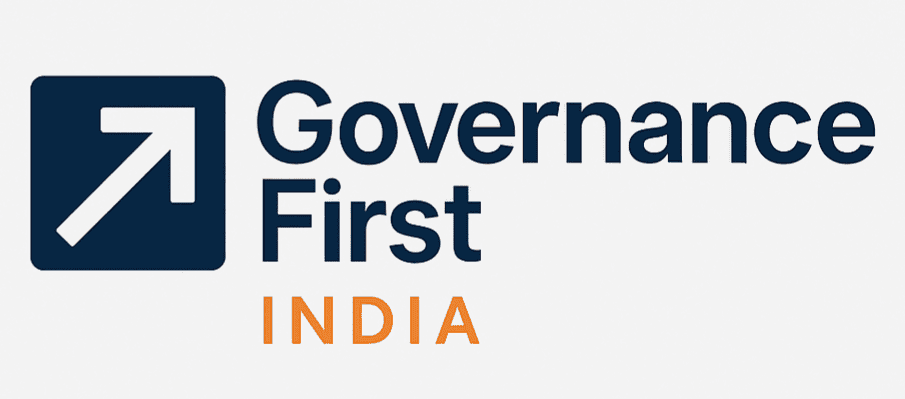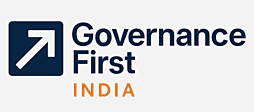Recruiting for government positions demands not just procedural rigor but also an unwavering commitment to transparency, inclusion, and efficiency. At Governance First India (GFI), our operational playbook for public sector recruitment has evolved through hard-earned insights and field-tested practices. This blog presents an overview of those essentials—from application design to results declaration—that ensure smooth, lawful, and effective hiring processes.
1. Seamless Candidate Communication
SMS Protocols: When communicating with candidates via SMS, always prefix messages with the client name to maintain credibility and traceability. For example: "BRLPS - Hall Ticket Download facility now available on jobs.brlps.in."
Mail Protocols: Always ensure that bulk mails are dispatched through HTML Mailer engines such as Mailchimp, Zeptomail etc. Keep track of delivery proofs and save them to avoid litigation later. Ensure that all bounce mails go through a constant email id updation process. Email id and phone number needs to be validated at the application stage through OTPs.
2. Transparency and RTI Compliance
All provisional shortlists and rejections must be published on the recruitment website, along with an objection form to ensure accountability. These lists should be structured and easily navigable to satisfy both public interest and RTI norms.
3. Demand Capture and Job Description Clarity
Inclusive Language: Use "Allied" qualifications where full specifications cannot be finalized upfront.
Avoid Ambiguities:
- Refrain from using vague terms like "Premium Colleges."
- Clarify whether distance, part-time, or full-time qualifications are acceptable.
- Prevent loopholes where highly educated freshers apply under disguise, making background checks difficult.
4. Application Process Design
Website Rules:
- Publish rules of examination clearly.
- Mention stage-wise cut-off marks.
- Include provisions for scribes and no-solicitation norms.
Announcement Page Standards:
- Show latest announcements first.
- Archive older updates with scrolling and navigation support.
- All notifications must be auto-numbered and remain accessible throughout the recruitment period.
Form Development:
Design forms to collect only what is necessary for shortlisting. Avoid redundancy.
- Capture personal and contact details. Validate Email and Phone Number automatically.
- Always capture alternate contact numbers.
- Classify reservation categories clearly (vertical and horizontal).
- Test form logic, especially for conditional fields.
- Ensure candidates receive PDFs of submissions and automated email confirmations.
5. Advertisement and Outreach
Advertisement Elements:
- Specify start and end dates of application.
- Clarify eligibility cut-off date.
- Detail online and offline application modes.
6. Shortlisting and Objection Handling
Objection Protocols:
- Interim results must specify reasons for rejection.
- No new data should be allowed during objections.
- Objections must relate to role interpretation, not fresh submissions.
Excel Hygiene:
- Use well-documented, formula-driven spreadsheets.
- Follow a Waterfall or Gates model for filtering.
7. Assessments: From GD to OMR
Group Discussion (GD):
- Design thematic GDs by position.
- Begin with self-introductions for context.
Personal Interviews:
- Ensure quiet, prepared rooms for interviews.
Written Tests and OMR Handling:
- Use only security-printed OMR sheets with fields like Name, DOB, App ID, and Position Code.
- Retain copies of actual question papers used.
- Separate disqualified candidates' OMRs.
- Follow 105 GSM minimum paper quality.
Attendance and Bell Timings:
- Use manual attendance with set code notation.
- Maintain room-wise invigilator and attendance records.
- Bell schedule should be clearly defined for in-time, QP issuance, OMR distribution, etc.
OMR Scanning and Data Entry:
- Verify set codes and panel scores.
- Avoid image-based scans; use grid-based for reliability.
- Check mismatches and 0 scores thoroughly.
8. Result Preparation Protocols
Cut-off Logic:
- Cut-offs should be absolute and clearly defined for each stage (Written, PI, GD, Aggregate).
- Candidates with equal scores must be treated uniformly.
Eligibility Segmentation:
- Zone of consideration: Candidates who completed all required stages.
- Outside the zone: Absent, disqualified, or non-compliant candidates.
Quality Checks:
- Cross-check Excel formulas, sorting, and decimal calculations.
- Validate data against original submissions.
- Monitor the support mailbox for correction requests.
Eliminating Manual Data Entry Issues:
- Publish provisional data for 7 days for verification.
- Especially critical for reservation category and demographic fields.
9. Document Verification Protocol
Prepare a checklist in advance based on the eligibility criteria:
- Highest Qualification
- Experience Certificate
- Proof of Identity and Address Let candidates fill their own checklists for clarity.
10. Minimum Team Roles and Skill sets needed for effective implementation
- Project Manager: Oversees the entire assignment.
- Client Point of Contact: Liaison with the government authority.
- MIS Executive: Maintains all data systems.
- Client Coordinator: Manages daily communication.
- Support Desk Executive: Handles applicant queries.
Through these streamlined practices, government organizations can ensure that every public recruitment engagement is transparent and fair. It is always a great idea to also implement the maker checker principle in project monitoring, by inviting third party consultants such as one from GFI to be a part of the project configuration and monitoring team. This ensures that internal competencies are available within government organisations to place adequate checks and balances on service providers ensuring litigation free recruitment processes.


